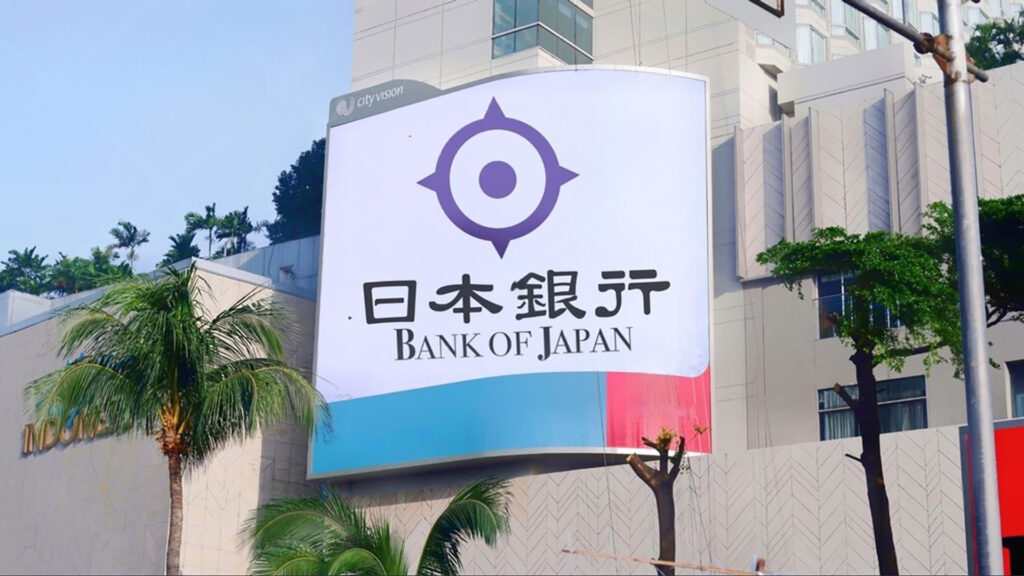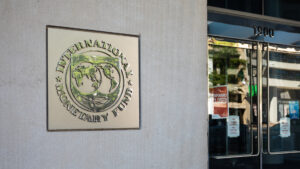The Bank of Japan (BOJ) will announce its upcoming interest rate decision on Thursday July 31st. Markets expect a rate hold as the central bank continues to monitor inflationary pressures, mainly driven by rising food prices and the effects of a trade deal between Japan and the US.
The BOJ has stood still on its policy rate since January. This was amid uncertainties surrounding Japan-US tariff talks.
Holding Rates Steady Amid Trade Progress
The BOJ is widely expected to keep rates steady at 0.5% because of Japan’s recent trade deal agreement with the US, which led to lower tariff rates from 25% to 15% on Japanese imports.
The trade deal has now reduced uncertainty for Japan’s export-driven economy, which provided more clarity and relief for BOJ policymakers. A trade deal was also announced between the US and the European Union, which provided a positive outlook for Japan and the global economic outlook.
BOJ Governor Uchida noted questions around how soon the US could strike trade deals with other countries and how long it could take for the tariffs’ effects to be seen in hard data. ⁽¹⁾
Despite the trade progress, the BOJ might continue to cite caution on lingering uncertainties, especially the effect of US tariffs on global business activity and exports. ⁽²⁾
Inflation Forecasts and Economic Outlook
The BOJ is expected to revise its inflation forecasts during its quarterly report, due to price rises in rice and other food.
Inflation has kept well above the BOJ’s 2% target since 2022, which may prompt board members to adopt a more hawkish tone, highlighting persistent price pressures and the potential for continued rate hikes. ⁽³⁾
The BOJ is likely to keep its forecast that inflation could decline back to 2% around 2027. Current forecasts now estimate that core inflation could reach 2.2% at the end of 2025 and remain below 2% between 2026 and 2027. ⁽⁴⁾
As trade risks ease, the BOJ could adopt a less risky growth outlook, focusing on upcoming economic data to assess tariff impacts. This shift could pave the way for earlier policy decisions, including rate hikes, as the BOJ gains clarity on Japan’s economic trajectory. ⁽⁵⁾
Trade Deals and Policy Challenges
Japan’s trade deal with the US has marked a milestone for Japan, with its economy driven mainly by its exports. The trade agreement has eased market volatility, mainly caused by US President Trump’s announcement of reciprocal tariffs in May that caused global uncertainty.
The BOJ views the trade deal as an alignment with its expectations, which could lead to a less risky outlook on its economy. However, policymakers will continue to monitor Japan’s inflation and whether it will move towards the central bank’s target or continue to rise.
The BOJ has exited from a decade-long stimulus program in 2024 and hiked rates to 0.5% back in January as the central bank remains committed to bringing inflation down.
As trade uncertainties ease, the BOJ could position itself to focus on its economic data, which could determine future monetary policy changes. ⁽⁶⁾
Bank of Japan officials see the possibility of another interest rate hike this year after the US and Japan struck a trade deal this week. The officials view the deal as reducing a key source of uncertainty for Japan’s economy and businesses, allowing the central bank to focus on monitoring the tariffs’ actual impact in incoming economic data. ⁽⁷⁾
Political Instability
The BOJ’s cautious plans come against political challenges in Japan, as persistent inflation was the main issue in Japan’s Upper House election, which led to the historic defeat for Prime Minister Ishiba’s ruling coalition.
Speculation on the prime minister’s future has added some political uncertainty, which could impact the central bank’s plans on monetary policy. Political instability might also impact the future timing of rate hikes, as the BOJ continues to monitor economic data. ⁽⁸⁾
Bottom Line
Financial markets will be closely watching the BOJ’s outlook and Governor Ueda’s press conference for insights on the next rate hike. While the BOJ is expected to hold rates, reduced trade tensions, persistent inflation and changes in politics could determine the trajectory of rate hikes.



